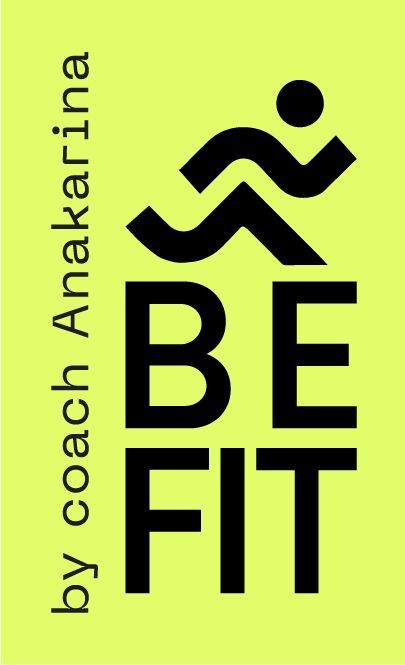Stretching exercises for runners: flexibility that fuels the finish line
Why stretching matters for runners
Stretching isn’t just a warm-up routine—it’s an act of preparation, a moment of tuning in before your body takes on the miles ahead. For runners, stretching is both physical maintenance and emotional grounding. It improves mobility, enhances posture, protects joints, boosts circulation, and accelerates post-run recovery.
But it also does something more subtle: it allows you to connect with your breath, your body, and your goals.
Ever head out for a run and feel stiff, clunky, or off your rhythm for the first ten minutes? Tight hips, hamstrings, and calves aren’t just uncomfortable—they throw off your entire stride. When muscles are tight, we overcompensate. Our form suffers, our gait becomes inefficient, and our risk of injury climbs. Stretching is what brings us back into balance.
And emotionally? Taking those few quiet minutes to stretch before your run allows you to pause, breathe, and shift your mindset from scattered to centered. It’s not just prep—it’s presence. Stretching gives you a ritual, a grounding moment that says: I’m not rushing into this. I’m here. I’m ready.
In case you’re new here, I’m Ana Karina, certified running coach
and founder of BeFit Runners. Whether you’re training for a 5K or your first marathon, this guide will help you every step of the way.
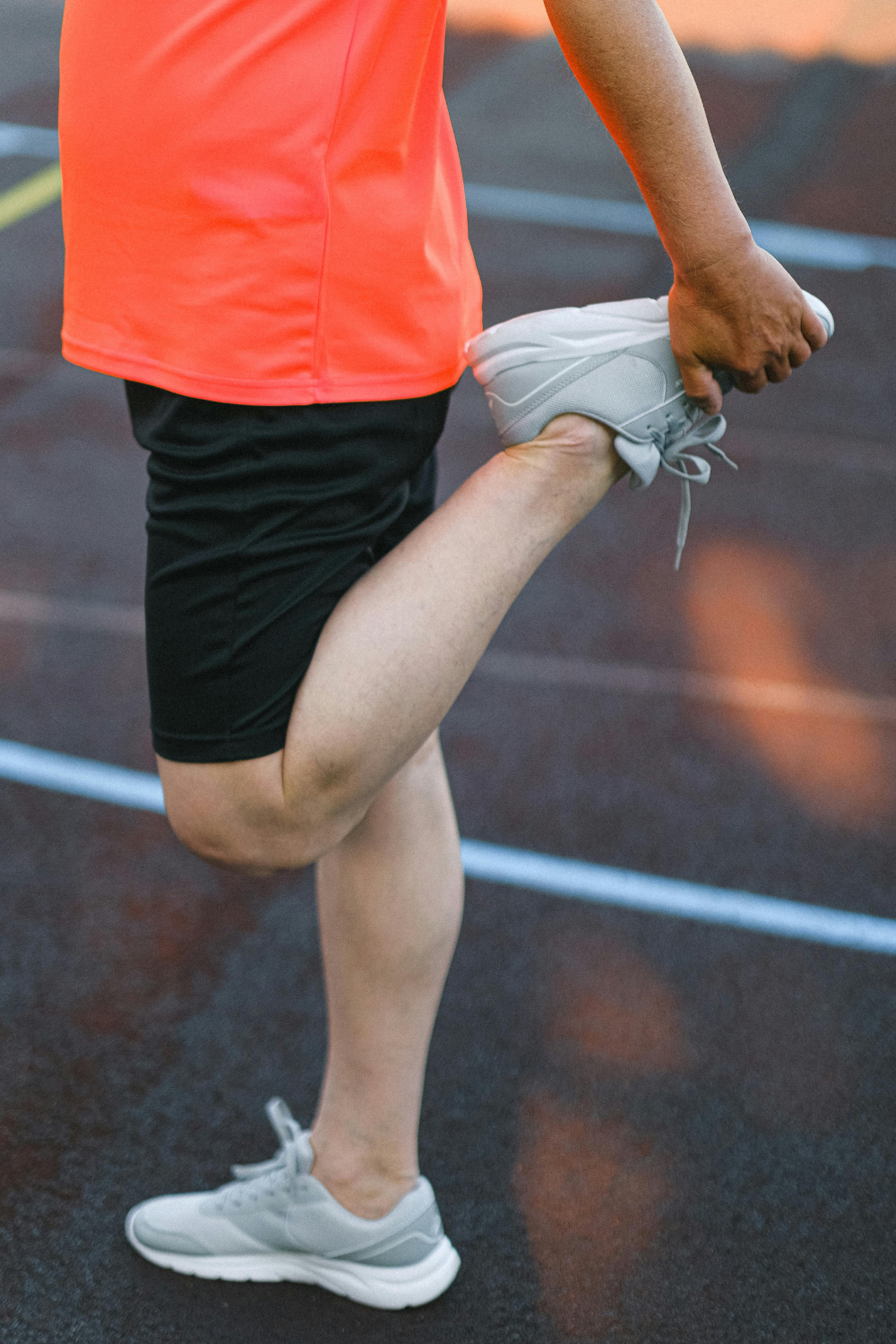
Stretching exercises before running (dynamic stretching)
Dynamic stretches are like a runway for your run—they help your body lift off smoothly. These active movements build blood flow, wake up sleepy muscles, and prime your nervous system so you're ready to move with purpose. Instead of static holds, dynamic stretches involve motion that mimics your upcoming activity—activating the muscles that will work and increasing your heart rate gently.
Why dynamic stretches beat static pre-run
Static stretching before a run can do more harm than good. When muscles are cold, holding a deep stretch can actually increase the risk of strain or micro-tears. Dynamic stretching, on the other hand, mimics running patterns while gently raising your heart rate and activating key muscle groups. It’s motion with intention—and your body’s best signal that it’s time to go.
Dynamic movement allows your body to rehearse what’s coming. It helps you mentally transition from stillness to effort. This type of prep doesn’t just protect—it empowers.
Dynamic stretching exercises for runners
- Side lunges: Step out wide and bend one knee while keeping the other leg straight. Shift side to side slowly. This engages your inner thighs and hips—two areas that tighten easily with distance running. It also improves lateral stability, which many runners lack.
- Arm swings: Cross your arms over your chest, then open them wide. Repeat with small, then large circular motions. This wakes up your upper body and sets the tone for good posture. Strong arm movement helps balance your stride.
- Leg swings (front/back & lateral): Hold onto a wall or post and swing one leg forward and back, then side to side. This loosens tight hip flexors, hamstrings, and glutes. It’s a must-do for desk-sitters and runners alike.
- Butt kicks: Jog in place, bringing your heels up to tap your glutes. This activates hamstrings, improves turnover rate, and keeps your stride smooth and springy.
- Glute & piriformis activation: Stand on one leg, lift the opposite ankle over your knee (like a figure four), then squat slightly. This targets the piriformis and glutes—crucial for avoiding IT band irritation. Activating these small stabilizing muscles can make a huge difference.
- Marching or high knees: Drive your knees toward your chest while moving or in place. This boosts hip mobility, wakes up your core, and mimics the forward drive of your run.
Watch it in action:
Try this routine to follow along with dynamic stretches before your next run.
What stretching to do after running (static stretching)
Once the run is over, your body needs a transition—this is where static stretching comes in. These held poses calm your system, elongate the muscles that just worked hard, and help reduce next-day soreness. Post-run stretching supports flexibility and sets the stage for recovery.
Best static stretches for runners
- Hamstring stretch (lying down): Lie on your back and lift one leg up. Use a strap or your hands behind the thigh. Hold for 20–30 seconds to release tension in the back of your legs. Breathe slowly to deepen the stretch.
- Child’s pose: Kneel, stretch your arms forward, and sink your hips back. This opens the hips and relaxes the spine and nervous system. Use it to slow down your breath and lower your heart rate.
- Knee-to-chest stretch: Lying on your back, pull one knee at a time into your chest. This releases the lower back and eases pressure in the hips. You can rock gently to massage the spine.
- Quad stretch: Stand on one leg, grab your ankle behind you, and gently pull your heel toward your glutes. Keep your knees close and hips square. This helps prevent tightness that can pull on the knees.
- Seated hamstring stretch: Sit on the floor with one leg extended, reach toward your toes while keeping a straight back. Great for post-run hip and lower back relief. Avoid rounding your spine.
- Calf stretch against wall: Place your hands on a wall, step one foot back, and press the heel down. Stretch both the gastrocnemius and soleus by varying the bend in the back knee. Flexible calves mean smoother strides.
- Reclined figure-four stretch: Lie down, cross one ankle over the opposite knee, and pull the supporting leg toward you. This opens the hips and stretches the piriformis—key for avoiding sciatic pain.
- IT band stretch: Cross one leg behind the other and lean sideways. Helps reduce tension along the outer thigh and prevent runner’s knee. Add a gentle twist to deepen the stretch.
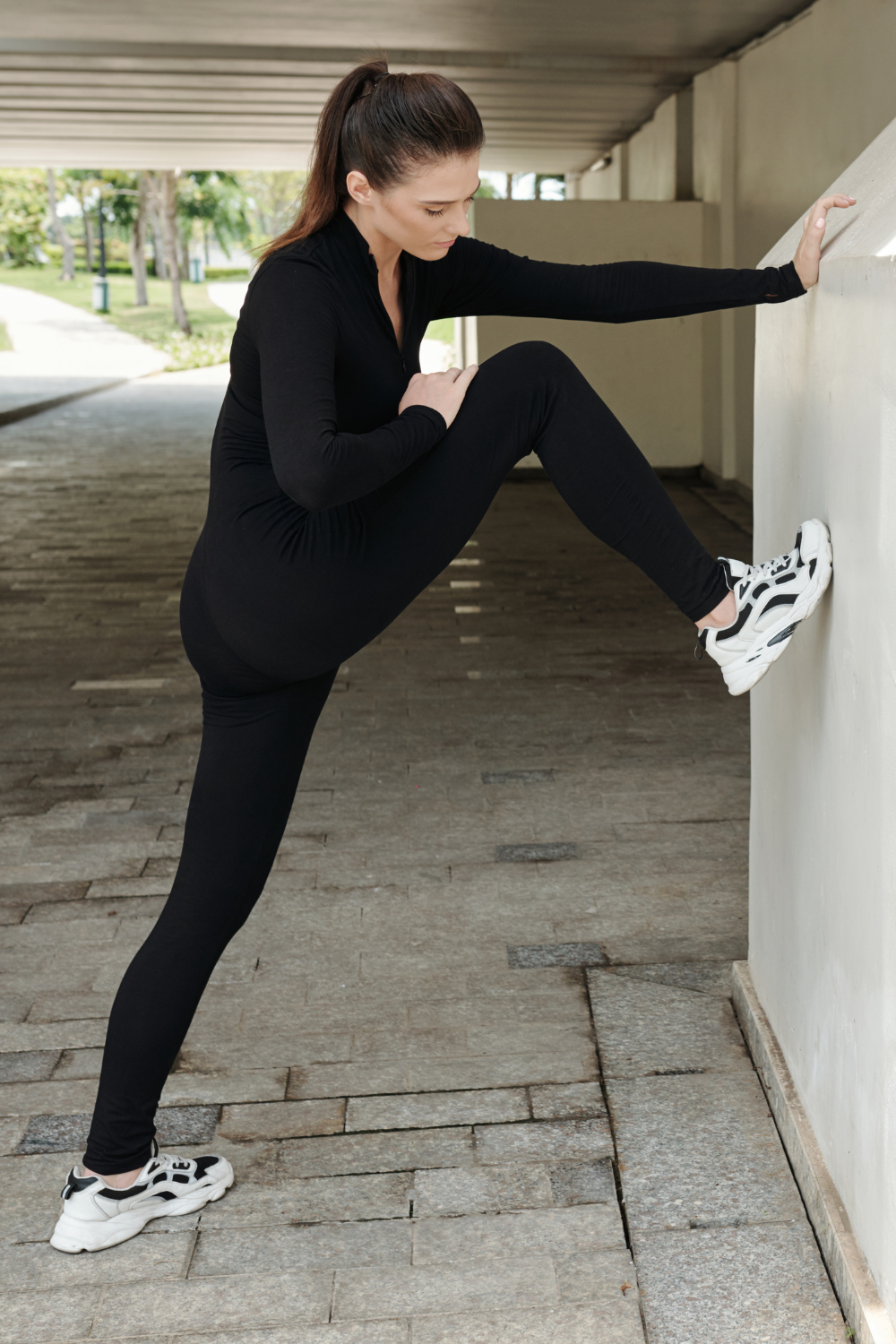
Should runners stretch every day?
Yes—but that doesn’t mean 45 minutes of yoga daily. Stretching regularly helps maintain flexibility, improve recovery, and reduce the risk of injury. Even just 10 minutes a day can create long-term change.
The key is consistency. Pair stretching with something habitual—like after brushing your teeth or post-shower. The goal isn’t intensity; it’s frequency. When stretching becomes a natural part of your day, your body thanks you on every run.
Think of it as compound interest for your mobility. A little bit every day adds up to big improvements in how you move, recover, and feel.
How do you loosen tight runners?
Runners often carry tightness in the same zones: hips, hamstrings, glutes, and calves. The fix? A combination of:
- Mobility drills: Like hip circles, dynamic lunges, or controlled leg swings to improve range of motion
- Foam rolling: Target specific areas with myofascial release to improve blood flow and reduce muscle knots
- Breathwork and mindfulness: Deep breathing helps down-regulate your nervous system, signaling to your muscles that it’s safe to release tension
Create a ritual: after a tough workout, take 10 minutes to stretch, roll, and breathe. This isn’t extra—it’s essential recovery. Runners who invest in this routine often feel lighter, looser, and more resilient over time.
What is the best type of stretching for runners?
There’s no debate: dynamic stretches before your run, static stretches after. This combination prepares your body, reduces injury risk, and supports longevity.
But the “best” stretching isn’t about the type—it’s about the habit. A great stretch done consistently beats a perfect routine done once a month. The best stretching exercises for running are the ones you’ll actually do. So make it easy, repeatable, and relevant to your needs.
Whether it’s five minutes in the morning or a nightly wind-down ritual, stretching is one of the most underrated tools for performance and joy in running.
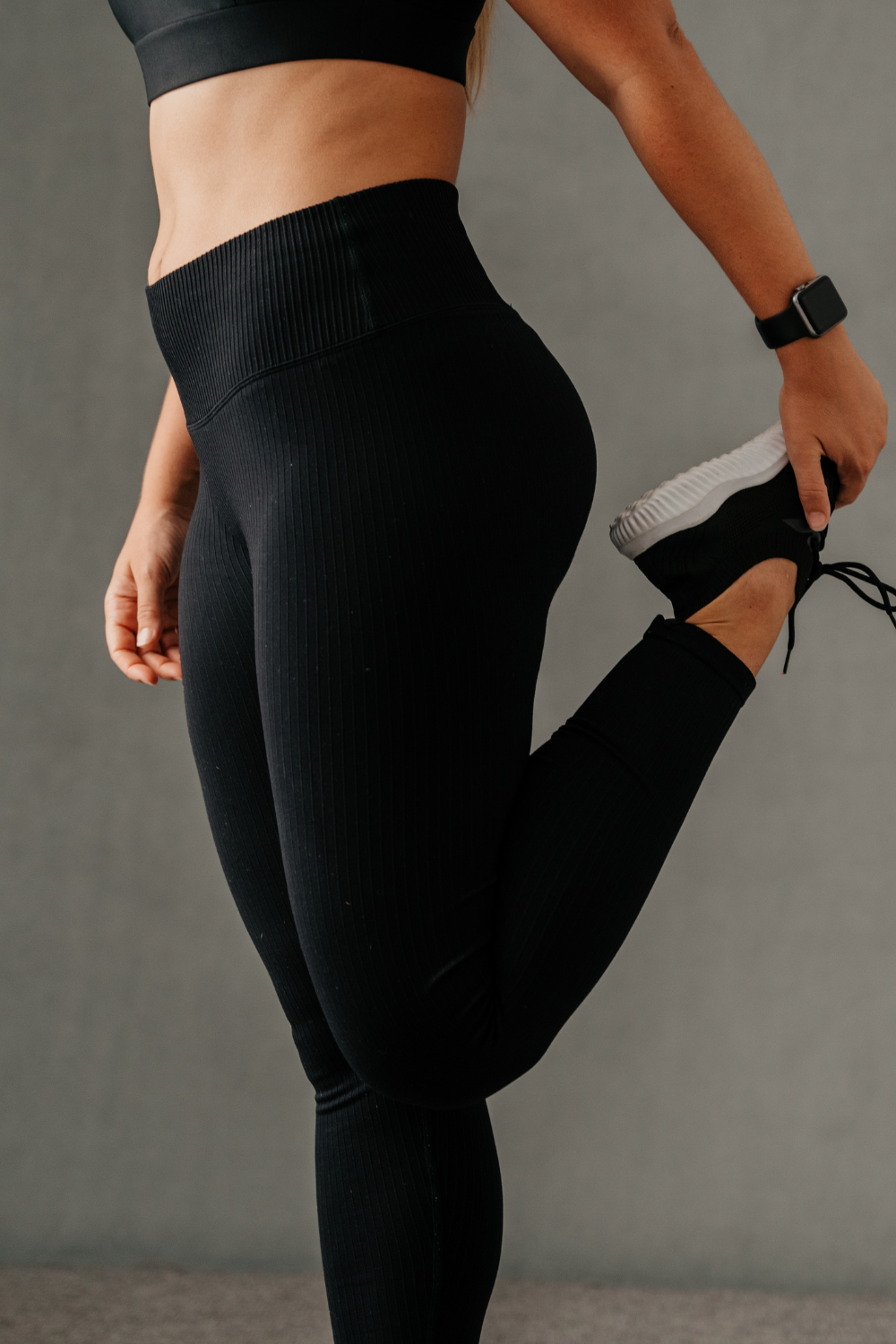
Stretching for runner’s knee and injury prevention
Runner’s knee—whether it’s a dull ache under the kneecap or a sharp twinge with every step—can make even the most motivated runner feel stuck. And while it’s often blamed on the knee itself, the real culprits are usually elsewhere: tight hips, a cranky IT band, or underactive glutes.
Think of your body as a kinetic chain. When one link is off—too tight, too weak, too ignored—another part picks up the slack. And over time, that imbalance shows up in the form of pain.
But here’s the good news: stretching is a way to restore balance before pain becomes the loudest voice in your training.
Here’s how to protect your knees, one stretch at a time:
- IT band stretch: Cross one leg behind the other and lean gently sideways. You’ll feel it along the outer thigh. This stretch helps reduce tension that pulls on the knee and can lessen the friction that causes that nagging pain during long runs.
- Glute bridges: Lie on your back, feet flat, and lift your hips toward the ceiling while squeezing your glutes. Glute bridges not only stretch your hip flexors but also build strength in the posterior chain, which stabilizes the entire lower body.
- Hip abductor stretches: Lying on your side, raise your top leg slowly, then lower with control. Or try a standing cross-legged forward fold. These movements target your lateral stabilizers—key muscles for controlling side-to-side movement that often gets overlooked in linear running.
- Quad and hamstring balance: Stretch and strengthen both. When one is tighter or weaker than the other, your knee bears the brunt of the imbalance. Aim for harmony, not dominance.
Stretching isn’t just something to “squeeze in” after a run—it’s how you invest in the longevity of your training. Because the truth is, injuries rarely show up overnight. They whisper first. Stretching is how you listen before they start shouting.
When you give your body the attention it deserves, you gain more than flexibility—you gain freedom. Freedom to move with ease, to push your pace, and to keep showing up long after others stop.
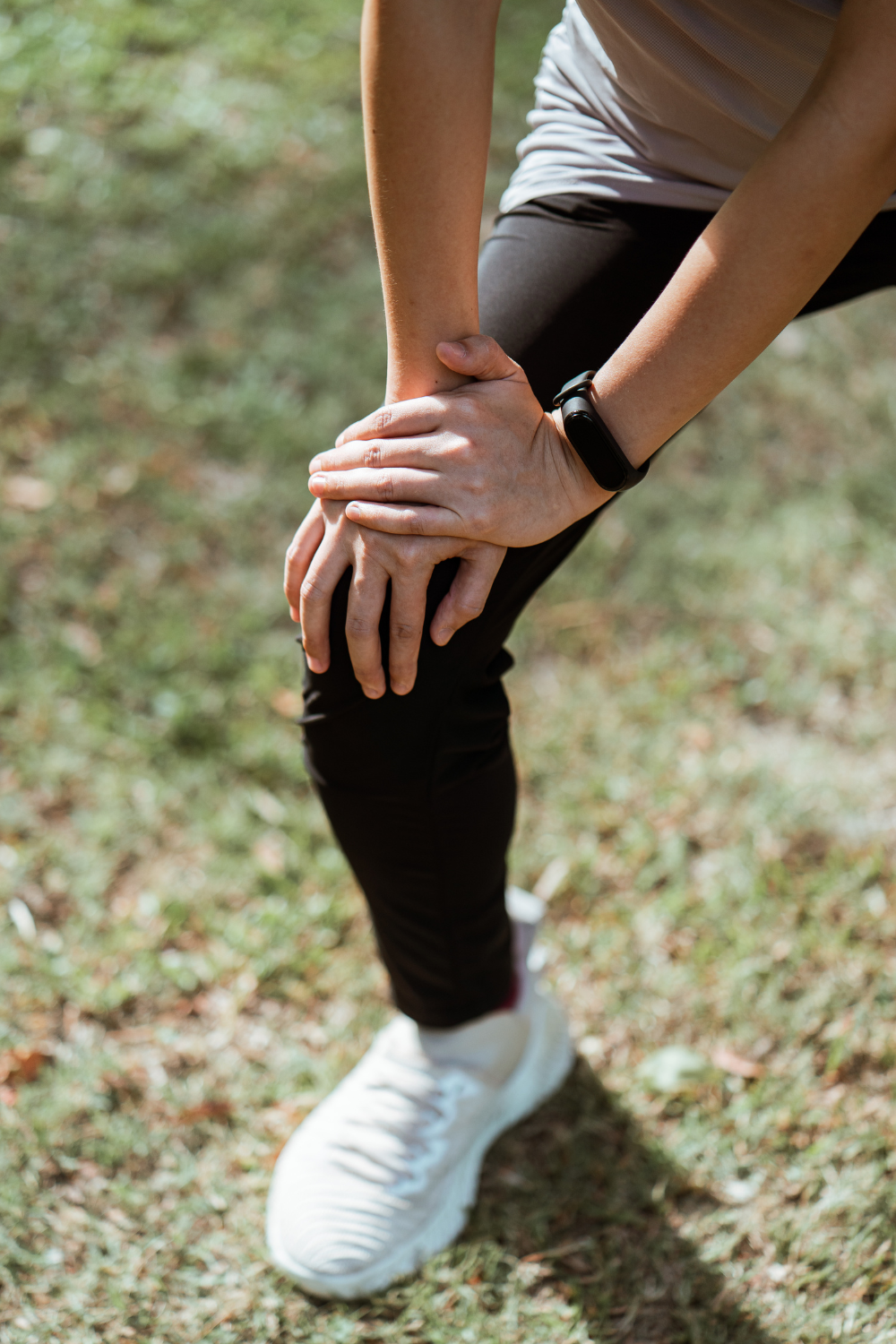
How to stretch for running the BeFit way
At BeFit Runners, we don’t see stretching as a checkbox—it’s part of the transformation.
Stretching isn’t only about muscle fibers—it’s about mindset. It’s about slowing down for a moment and saying, “This body matters.” It’s about learning to hear what your joints, breath, and posture are telling you—before your next PR or your next rest day.
We’ve seen too many runners treat stretching like an afterthought. And we get it—time is short, the day gets busy. But that’s why our approach is different: we integrate stretching into your training. We make it habitual, doable, and personal.
Here’s what we teach inside BeFit Runners:
- How to breathe through a stretch to release tension, not just hold a pose. When you breathe mindfully, you tell your nervous system, “You’re safe.” That’s when muscles begin to let go.
- How to pair stretching with mindset work, turning post-run moments into time for reflection. Every deep exhale becomes a reset—not just physically, but mentally.
- How to structure a stretching routine that evolves with your training. Whether you’re ramping up mileage or recovering post-race, your flexibility needs change. We help you stay one step ahead.
We also offer video guides and coaching tips that show you exactly when and how to stretch, based on your weekly mileage, pace, and goals. You don’t have to guess what your body needs—we guide you through it.
Because at the end of the day, stretching isn’t about touching your toes.
It’s about touching your potential.
It’s about treating your body like the strong, capable, resilient machine it is—and giving it the care it needs to keep going strong.
Join us inside the BeFit Runners online membership and experience what it’s like to train in a body that feels ready, responsive, and grounded—before, during, and after every mile.
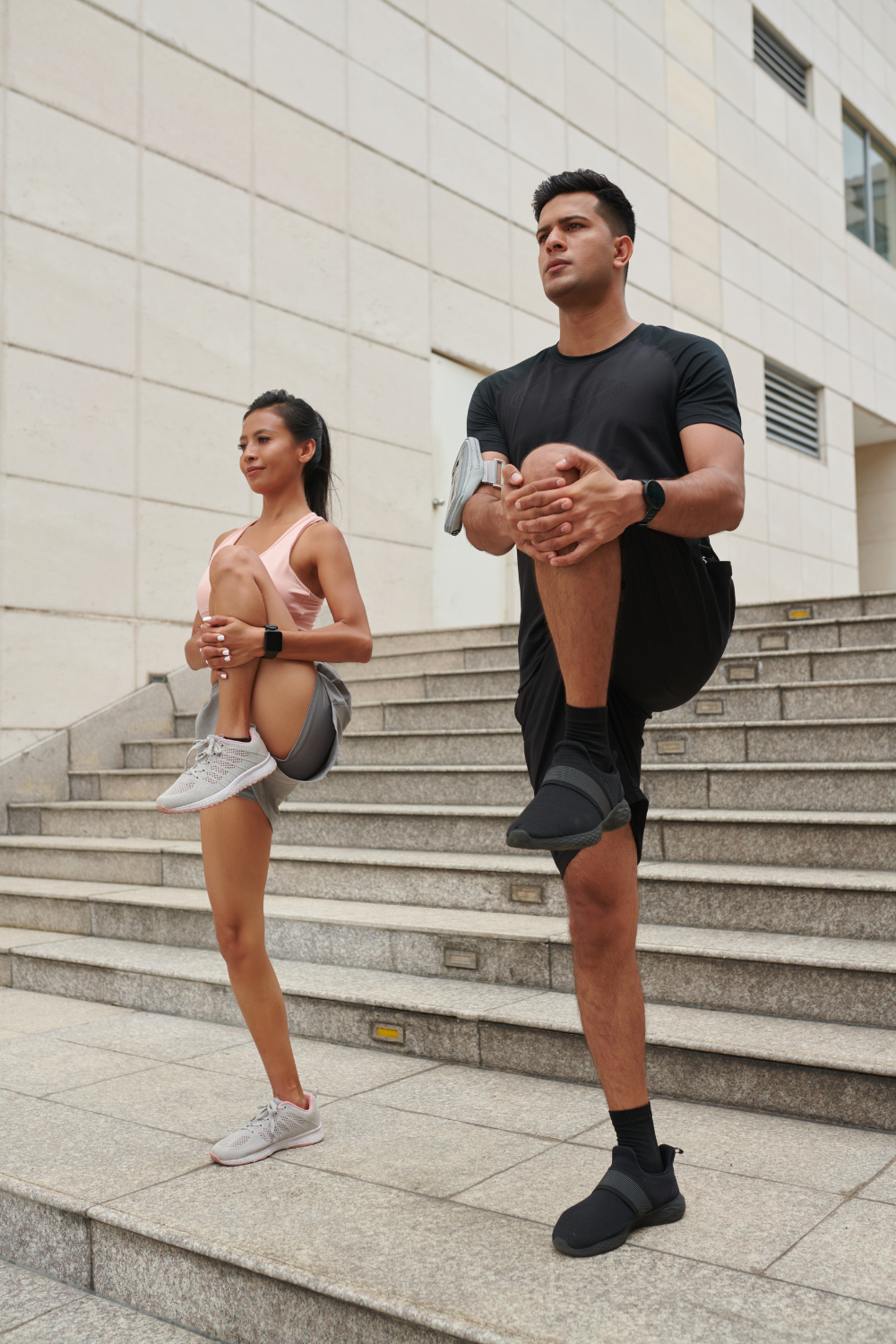
Ready to stretch beyond your limits?
Stretching isn’t just maintenance—it’s a message. A message that says: I care. I prepare. I’m here for the long haul.
Join our BeFit Runners online membership for personalized coaching, guided warm-ups, and post-run routines that fuel your running journey from the inside out.
Run stronger. Recover smarter. And stretch with purpose.
Because every finish line starts with how you begin—and how you take care of yourself along the way.
* Blog Disclosure: Reading our blog does not replace any medical or health consultations with licensed professionals. This blog is created with educational purposes.
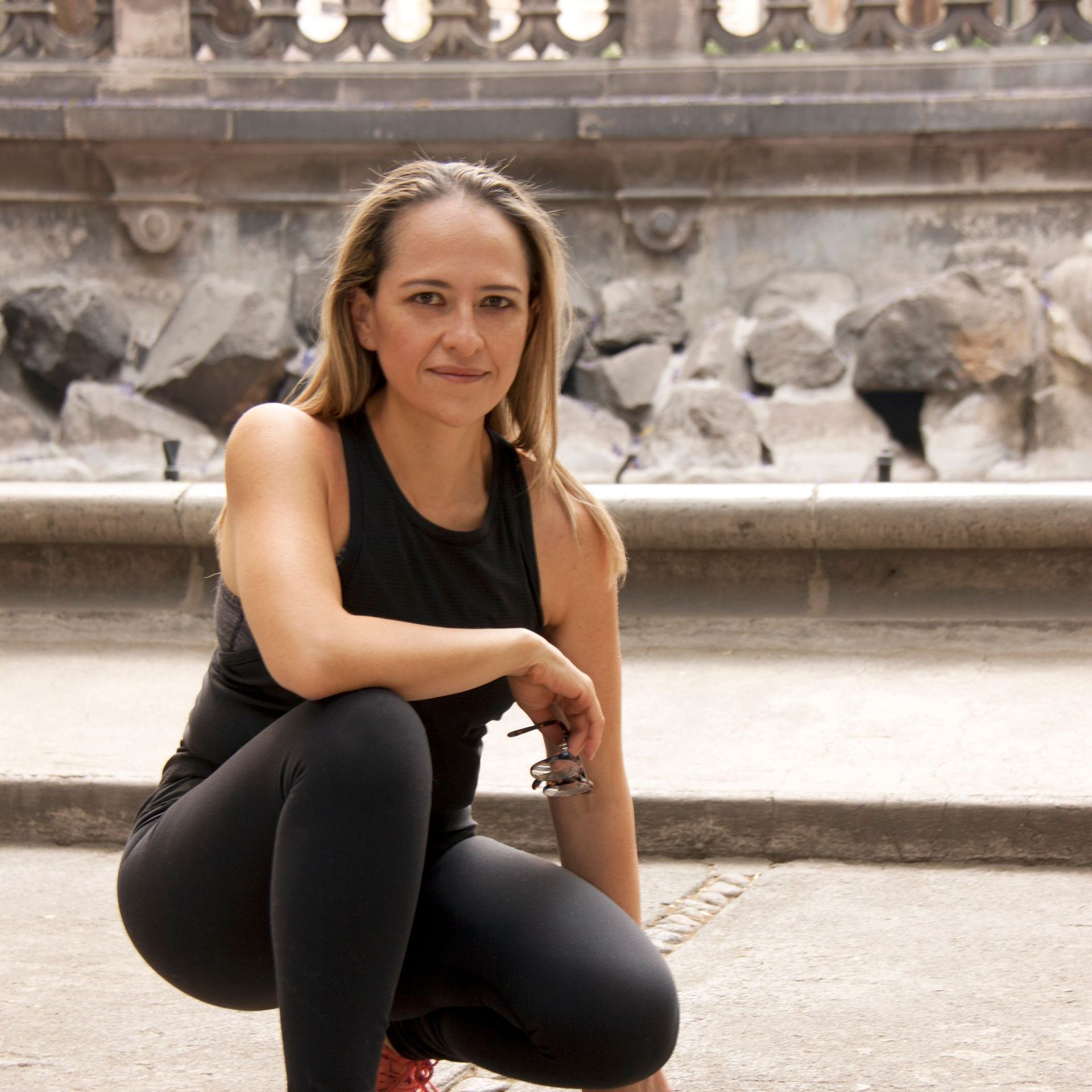
Hola, I'm coach Kari
Many of my athletes come to me because they no longer enjoy running, whether due to injury or simply because they're not improving their performance. I want to help you break out of this vicious cycle and enjoy running again. Through my running coaching, you will improve your techniques and become a stronger runner.
Download your running roadmap to 5k,10k or your first marathons (EN/ES available) 👇

